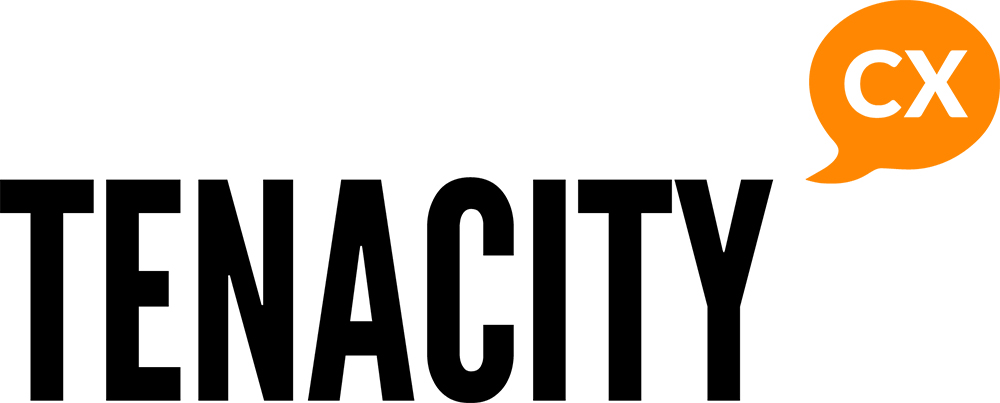Upcoming report based on interviews with senior CX leaders in Australia - pre-register to download
After two years of constant disruption caused by the pandemic, people want to know what comes next.
- The leaders we speak to every day want to understand what’s happening to Australia’s job market, why it’s so tough to find and hold on to talent, and when things will pick up.
- They want to know how their peers and competitors are handling work from home, hybrid working and the return to the office.
- And they want to know what they’re going to have to do to compete in tomorrow’s job market and continue to deliver excellence for their customers.
Ever one to answer the call, we went out and spoke to the CX leaders of several large financial institutions including some big 4 banks, digital banks, and leading insurers.
We’ve combined their thoughts on the future of work with the latest research data as well as interviews with our own staff and candidates to produce a report that will be published soon.
You can pre-register here to receive an advance copy.
Among other things, the report will be diving into …
What is the Australian job market playing at?
Job vacancies in Australia are at a record high and double what they were pre-pandemic. Over 30% of organisations in the administration & support services sector (which includes contact centres) are reporting unfilled vacancies, higher than any other sector bar hospitality.
While the so-called Great Resignation does not appear to have hit Australia as yet, PWC reports that 38% of workers are planning to leave their employer in the next 12 months. Still, every industry leader we spoke to is finding it extremely difficult to recruit at the moment.
“Our biggest challenge is attracting new candidates. Some bank branches closed so we snapped up those staff. Hospitality and retail used to feed us but those industries have raised wages. We’ve seen so many counter offers being made after we thought we’d hired someone, and we’re having to work harder to prevent our own staff from being poached. Job seekers have never had a greater voice or greater power. It’s not just about pay it’s about flexibility.”
Head of Contact Centres at a Big 4 Retail Bank
To give you some perspective, we are currently receiving about half the number of job ad responses we would usually expect for frontline agent and team leader roles. As a recruitment agency we have a deep candidate network we can reach out to proactively, but what else can organisations do to attract the talent they need?
In the upcoming report we’ll take the advice of the leaders we interviewed to try to provide some solutions to the hiring problem, including:
- What factors are contributing to today’s candidate shortage and how long will it last.
- The 3 main things you need to focus on as an employer to attract and keep talent.
- How to tailor your recruitment and onboarding processes for this difficult market.
- What new opportunities you can take advantage of by being open to new ways of working.
What impact is hybrid working having and how is everyone handling it?
The other cultural shift we’re all trying to deal with is hybrid working. Like it or not (and most of us do seem to!), some form of hybrid working is becoming the norm for knowledge workers.
A PWC survey found that for 90% of workers the ideal working environment includes at least some remote working. And it’s something employers had better get serious about, because according to the Future Forum report 72% of workers will quit if their flexible working demands are not met.
One thing I can tell you for certain is that we currently get around five times more applications for home-based or hybrid positions than we do for office-only jobs. The take away is that offering staff the flexibility to work from home is now pretty much non-negotiable. Every leader we spoke with, even those in more traditional and highly regulated sectors, recognised this.
“Once upon a time our leadership was very conservative. They wouldn’t have trusted the frontline staff to work from home, and certainly would not have entertained the idea of a virtual contact centre staffed by remote workers. Due of course to the pandemic we’ve demonstrated that not only can we do it, we can also be more productive.”
Head of Call Centre at a leading Australian health insurance brand
In our upcoming report we will look at how the hybrid working revolution is impacting the businesses and operations of the leaders we spoke to, and what they’re doing to implement it, including:
- What hybrid working models are popular and what are the benefits of each.
- Why flexible working is not just about giving people control over where they work but also when.
- How hybrid working impacts recruitment, onboarding and training – what works and what doesn’t.
- What management practices are being employed to ensure productivity, engagement and ultimately CX all remain high.
- With employees having more choices than ever what lengths are organisations going to in order to keep hold of them.
Download "The Future of Work in the Contact Centre & CX Industry" report
To download a copy of the report, pop your details in the form below!
Take aways from this blog:
- It’s not just about pay it’s about flexibility.
- Job vacancies double that pre-pandemic.
- 30% of organisations reporting unfilled vacancies.
- 38% of workers are planning to leave their employer in the next 12 months.
- For 90% of workers the ideal work environment includes some remote working.
- 72% of workers will quit if their flexible working demands are not met.
Those are the facts. To find out how the CX leaders at the big 4 banks and leading insurance companies are managing all this change, pre-register for our upcoming report.

